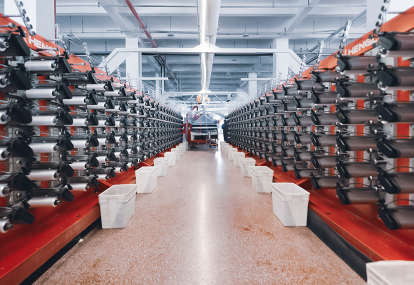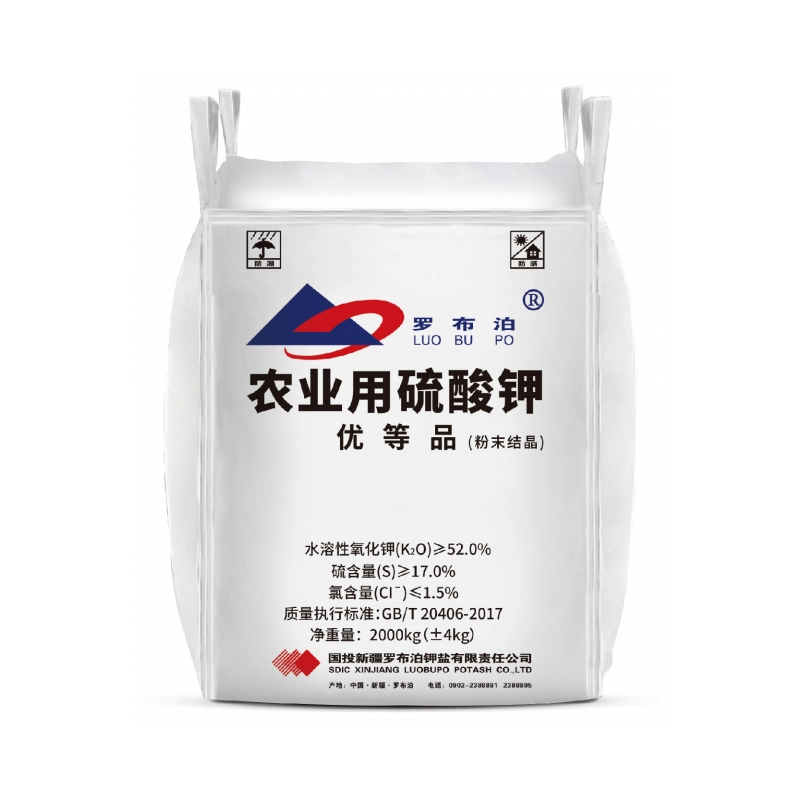Zu den wichtigsten Fähigkeiten von FIBCs schützt vor den schädlichen Auswirkungen von Feuchtigkeit. Daher ist es wichtig, dass Sie auch die Rolle der Wasserdichtigkeit und Wasserbeständigkeit dieser Behälter kennen. Sind Sie neugierig auf die Unterschiede? Entdecken Sie diese Erkenntnisse in diesem Vergleichsleitfaden, der Folgendes behandelt:
– Erste Ebene: Beschichtetes/laminiertes Gewebe für Wasserbeständigkeit
– Zweite Ebene: Mit einem PE-Innenfolie zur Abdichtung
– Dritte Ebene: Dicht schließende Nähte verhindern das Eindringen von Feuchtigkeit
Kommen wir zur Diskussion!

Um die ideale Feuchtigkeitsbarriere von FIBCs zu verstehen, müssen die drei wesentlichen Ebenen verstanden werden, die dabei eine Rolle spielen:
Im Allgemeinen bestehen beschichtete und laminierte Textilien oder Gewebe typischerweise aus einem textilen Substrat oder einem gewebten Textil, ansonsten aus Gewirken oder Vlies.
Dieser Stoff bietet durch die Zugabe einer dünnen Polypropylen Folie auf das Gewebe. Mit dieser Schicht wird Wasserdampf deutlich reduziert und Feuchtigkeit, wie leichter Regen oder Feuchtigkeit, abgehalten.
Allerdings ist die Wasserdichtigkeit nicht die beste, da dieser Schutzgrad ideal für weniger empfindliche Güter bei Transport und Lagerung ist.

PE-Liner oder Polyethylene sind Kunststoffmaterialien, die häufig in FIBCs verwendet werden. Im Allgemeinen dienen diese Liner dazu, den Inhalt des Behälters vor Verunreinigungen oder Feuchtigkeit zu schützen und den Behälter selbst vor dem Inhalt zu schützen.
Diese zweite Ebene des Feuchtigkeitsschutzes nutzt die Auskleidung im FIBC, um die zuverlässigste wasserdichte Barriere für die empfindlichsten Produkte zu schaffen. Sie ist in der Regel 60 bis 120 Mikrometer dick und damit dicker als das Material der ersten Ebene. Dadurch wird das Eindringen oder Entweichen von Feuchtigkeit, Dampf oder feinem Pulver verhindert. Sie ist daher ideal für hygroskopische, Lebensmittel- oder chemische Materialien, die eine vollständige Feuchtigkeitsisolierung erfordern.

Das Eindringen von Feuchtigkeit stellt trotz der ersten und zweiten Nässeschutzschicht ein großes Problem dar. Die Lösung hierfür: Die Nähte staubdicht machen.
Siebdichte Nähte in Ihren FIBCs verhindern das Eindringen von Feuchtigkeit in feine Pulver und Partikel. Sobald Feuchtigkeit eindringt, wird die Qualität der Materialien beeinträchtigt.
Um eine perfekte Dichtigkeit zu erreichen, werden Löcher durch Einarbeiten von Füllschnüren über den Nähvorgang hinweg vernäht. Solche Nähte verhindern wirksam das Durchdringen und damit auch den Verlust von Produkten, wie z. B. feinen, fließfähigen Materialien wie Sand, Chemikalien, Mineralien und Pulvern, die aufgrund von Feuchtigkeit austreten können.
Auch hier gibt es verschiedene Optionen, wie beispielsweise eine ein- bis dreifache Siebschutzbeschichtung oder das Hinzufügen von Filz für maximalen Schutz, um die Integrität der Produkte zu gewährleisten und Verunreinigungen und Verluste während der Lagerung und des Transports zu reduzieren.
Auch hier gibt es keine allgemeingültige Regel, welches Schutzniveau optimal ist. Die Feuchtigkeitsschutzstufen sind je nach Verwendungszweck in drei verschiedene Stufen unterteilt. Hier ein genauerer Blick.
Es hängt also wirklich von Ihrem Verwendungszweck ab.
Heutzutage ist es schwierig, einen Anbieter von FIBC-Beuteln zu finden, der den Rest übertrifft, wenn es um mehrstufigen Feuchtigkeitsschutz geht. Aber zu den herausragenden Produkten auf dem heutigen Markt gehört XIFA-Gruppe, unser Unternehmen.
Wir sind führend bei der individuellen Gestaltung hochwertiger Verpackungen. Neben leistungsstarken FIBC-Beuteln zeichnen wir uns auch durch unsere PP-Gewebe, PE-Folie Säcke und Ventilsäcke. Unsere Fähigkeiten sind einfach:
Unser FIBC-Säcke sind in der Lage, eine mehrstufige feuchtigkeitsbeständige Strukturkonstruktion zu erreichen, die für Produkte geeignet ist, die besonders empfindlich auf Austrocknung reagieren, wie etwa Holzkohle, Futtermittel und Lebensmittel.
Darüber hinaus unterstützen wir auch individuelle Anpassungen, wie z. B. PE-Auskleidung, Anti-Screening und Leckage-Nähte. Pünktliche Lieferung geht auf uns. Benötigen Sie Behälter für Ihren Tonnensack Salz? Kontaktieren Sie unser Team heute, um ein Angebot anzufordern.
Beschichtete und laminierte Stoffe
Langlebiger und vielseitiger Siebschutz für industrielle Anwendungen | Alibaba




